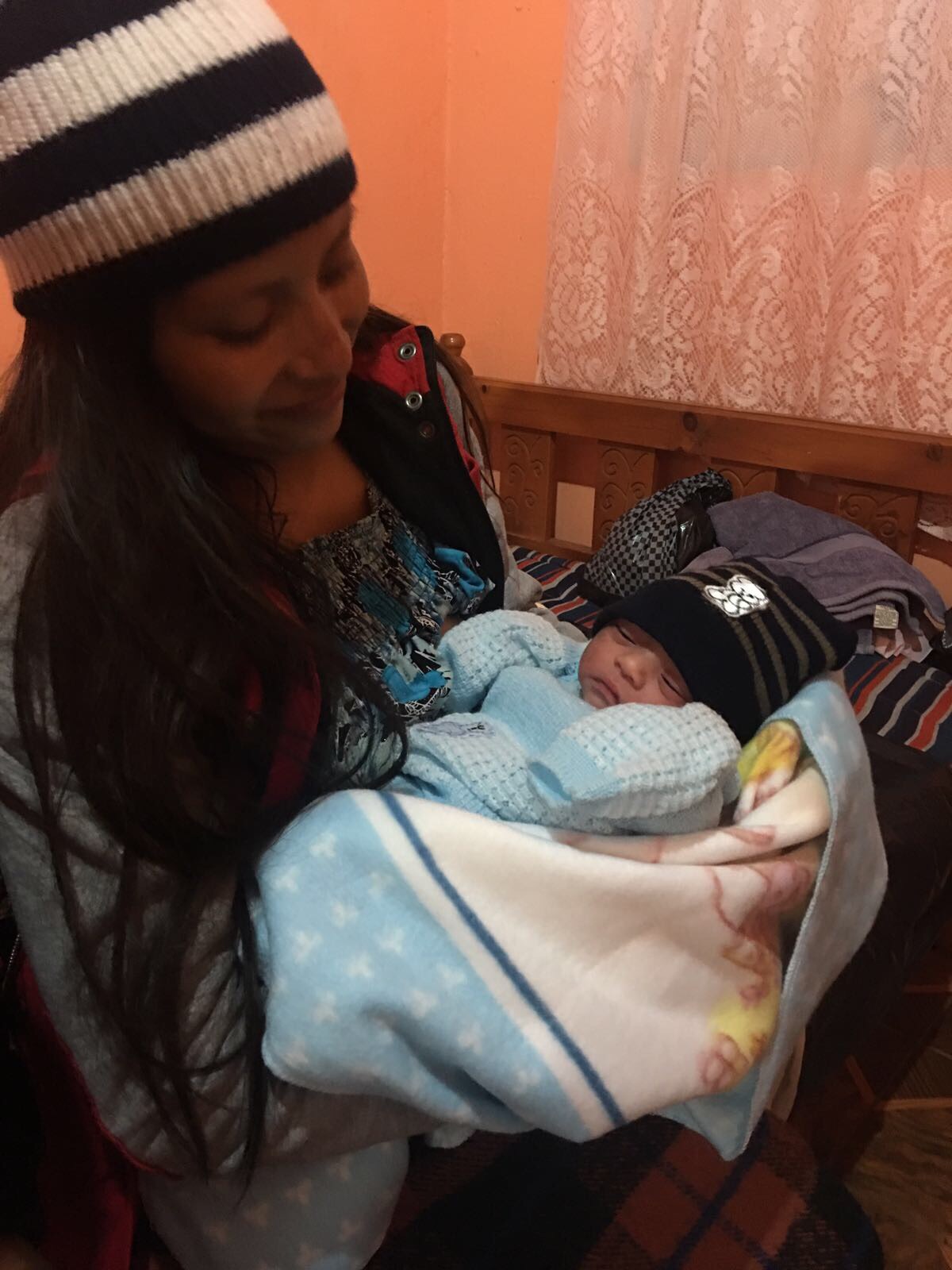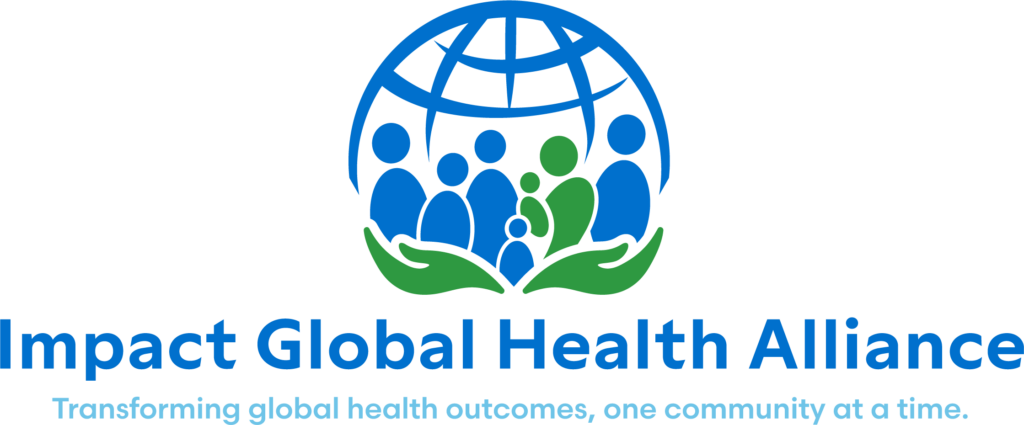- Trekking for Trouble
San Sebastián Coatán is a rural area nestled in the Guatemalan highlands and a full day’s travel from the “neighboring” city of Queztaltenango. To get there, every week Doctor Mario takes a two-and-a-half-hour bus ride from Quezaltenango, and then treks another six hours before arriving on a mountainous, dirt road into the quiet village where he works in Coatán. One day, as he was arriving, a man who lived in the village ran up to the doctor. The man was gasping for air as he informed Dr. Mario that his sister was in labor and scared for her life. The man’s sisters’s baby was long overdue and something had gone terribly wrong.
When the doctor arrived to the dark, dirt-floored room of her home, he found a small, first-time mother, barely 14 years of age. Upon examining the mother, he saw that they were in a very dangerous situation. The baby was already half way out, and had delivered feet-first. If they had been in a hospital, Dr. Mario would have immediately called for a C-section. However, with the closest hospital eight hours away, there was no choice but to go through with the birth right where they were.
He began carrying out delivery maneuvers, which proved to be very challenging. Dr. Mario asked the woman’s family to call for a vehicle just in case. There was a large risk that the baby’s head would get stuck with it’s feet positioned first. If the baby were to get stuck he doctor did not have the resources there in Coatán to handle it and the woman would have to be rushed to the hospital.
In the Hospital…
The woman showed great strength, bearing the pain and following all the doctor’s instructions. After a difficult forty-five minutes she gave birth to a healthy baby girl. Fifteen minutes later the car showed up. Both mother and child were stable and did not need to be taken to the hospital.
Even in hospital settings, these cases are difficult. The remoteness and lack of health infrastructure in rural areas increases the risks immensely. Many times, in rural and urban settings alike, the baby does not survive. In the worst cases, neither does the mother. Many people in Coatán considered this birth a miracle. Eleven years later, the girl is living a healthy life, still referred to by many as “The Miracle Baby”.
This story is from a collection of true stories experienced by the Mayan people living in the highlands of Guatemala circa 1994. This collection was put together by Dr. Mario, the Project Director of Curamericas Guatemala, and his team. The collection was put together to reflect on the life and health of these families and to find solutions to these problems





